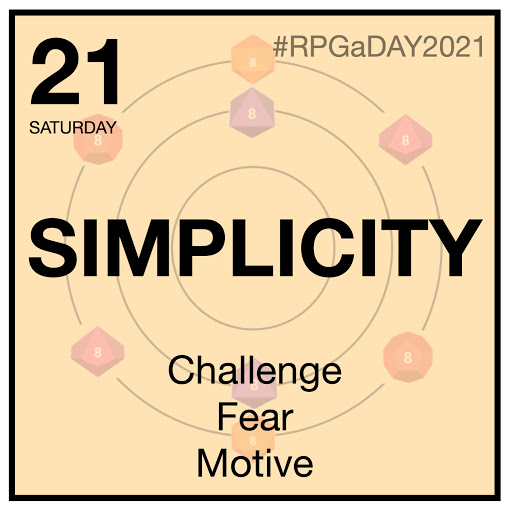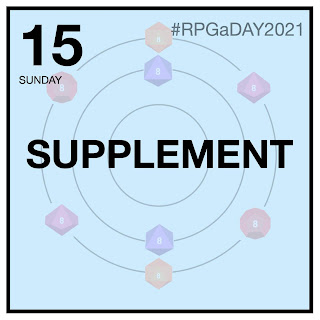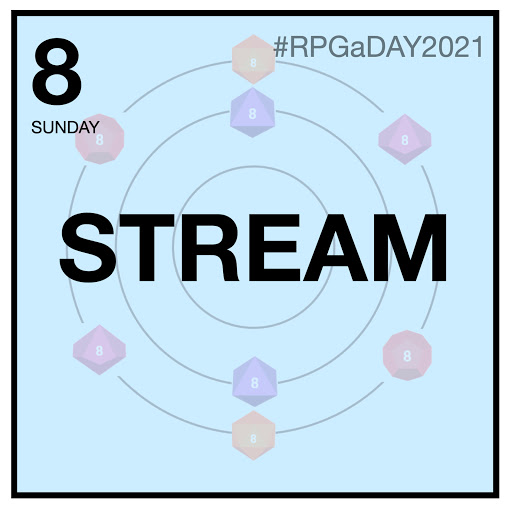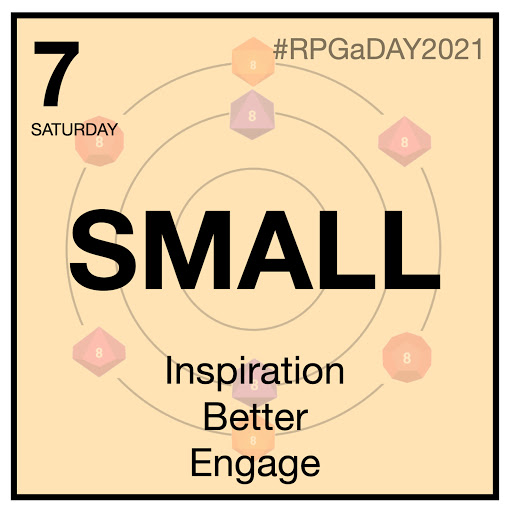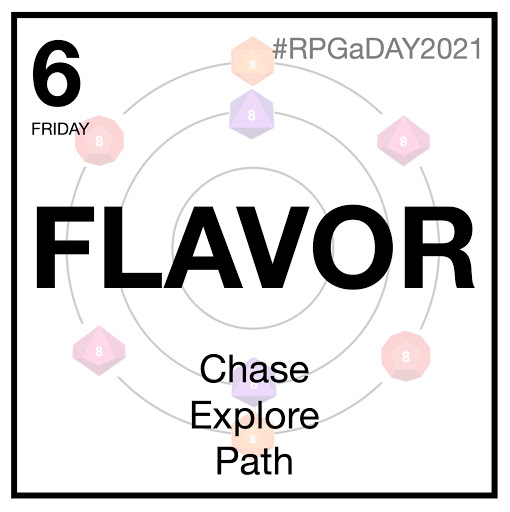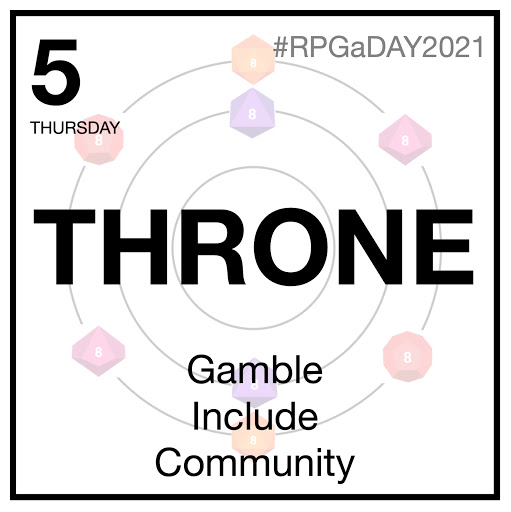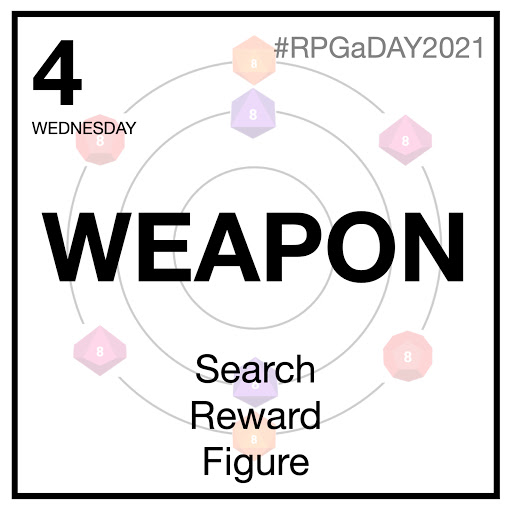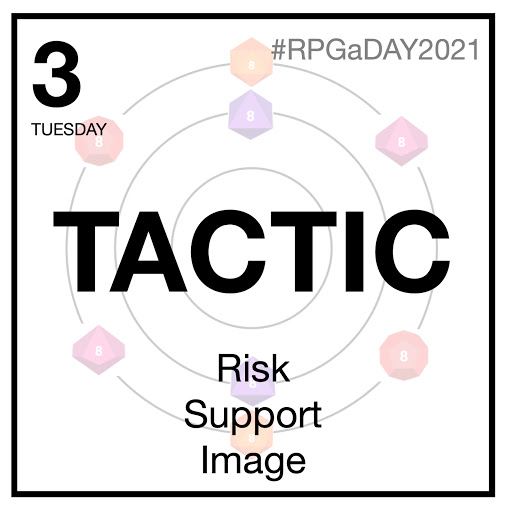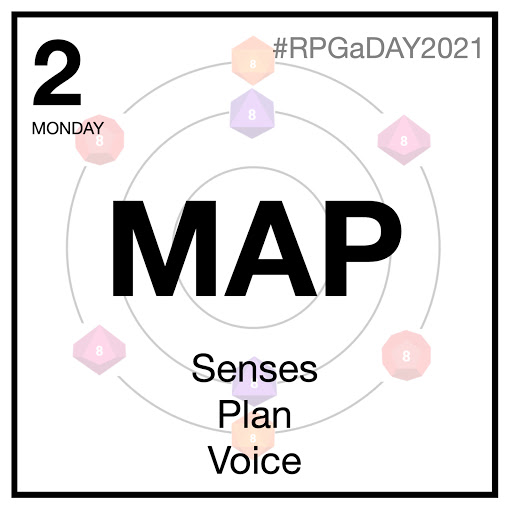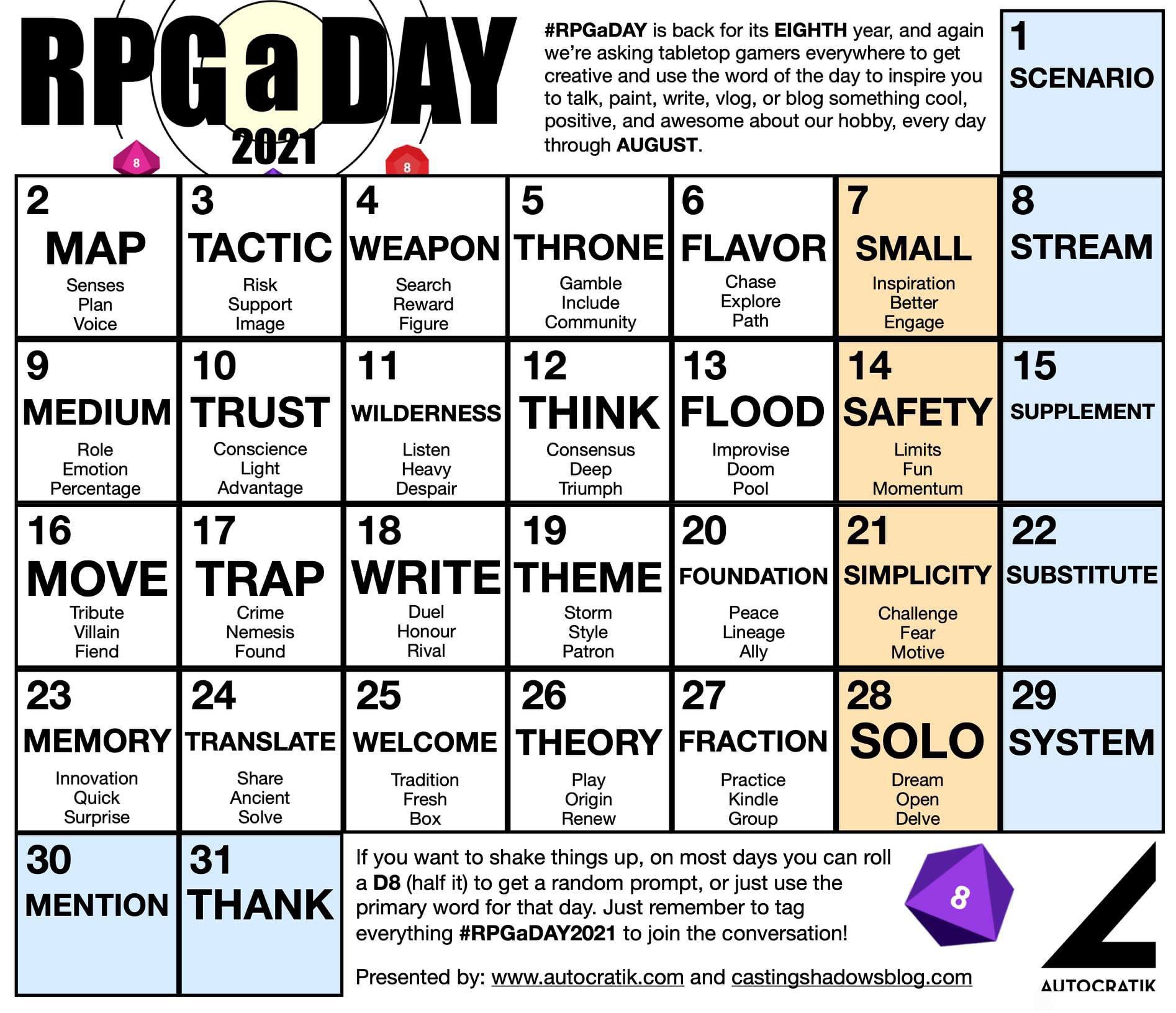I could talk about simplicity in game design, but everyone else has already done that. Instead...
As an occasional amateur costume maker with absolutely no skill in pattern drafting, I'm a big fan of Simplicity costume patterns. They do a number of licensed patterns for Disney and DC, but they also do some things that are legally distinct while at the same time hauntingly familiar...
 | ||||
| Nothing familiar about these dresses... |
 |
| A completely original elf. |
So obviously these are fantastic for LARP. My elf's party dress is modified from one of Simplicity's totally original medieval dresses that definitely aren't a rip-off of Arwen's dresses in LOTR. My husband's vampire character wears a coat that's totally just a coat and not a John Constantine copy.
 |
| Pictured: a man who is definitely not John Constantine. |
Simplicity (and other commercial patterns like McCalls and Butterick) are a great way for amateur sewists to make something cool and unique for their character. You can copy the original colours and details to make a cosplay, but you can also mix it up with different colours and combinations to make your character your own. This applies just as well to tabletop games. If you're stuck for a character idea, taking an existing character and adding your own twist is a great way to start.
They also demonstrate how things can overlap. Elements from pattern 1010 are used to create dresses inspired by both Tauriel from the Hobbit movies and Daenerys Targaryen. Where things overlap well, games can do the same.
Scum & Villainy is a game I love to run Firefly in. While it does have its own setting, what its writers also did is note the overlap between three different settings: Firefly, Star Wars Rebels and Cowboy Bebop. And the end result is a game that you can use to run any of those settings.
There's a Terminator RPG on its way. If you read my quickstart review you'll know I didn't think much of the system, but I still backed the book. Because just like I use the official Serenity RPG for useful material for running my Scum & Villainy Firefly games, I'm hoping I'll be able to use it to run Terminator games using my favourite dark scifi RPG, Alien.
